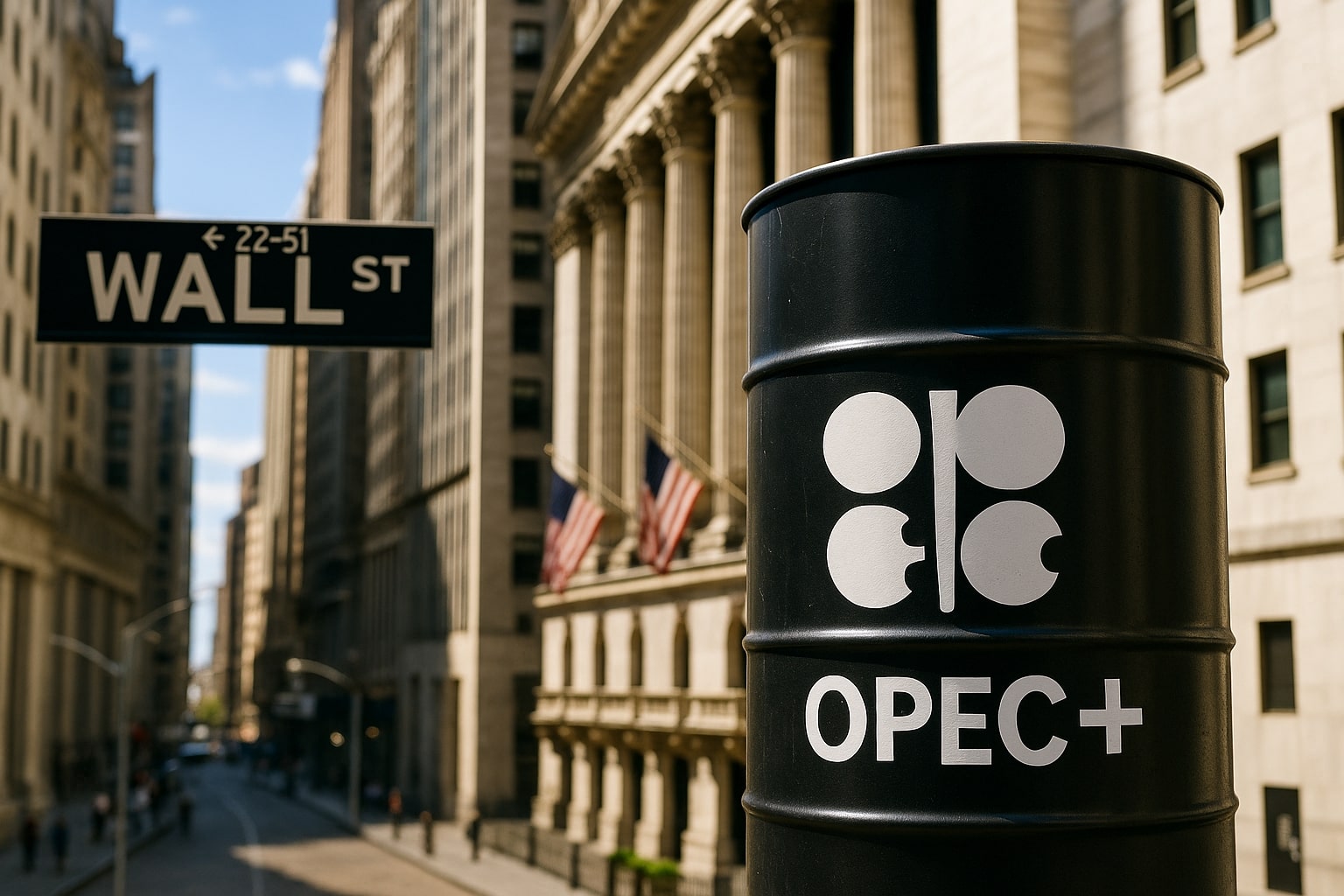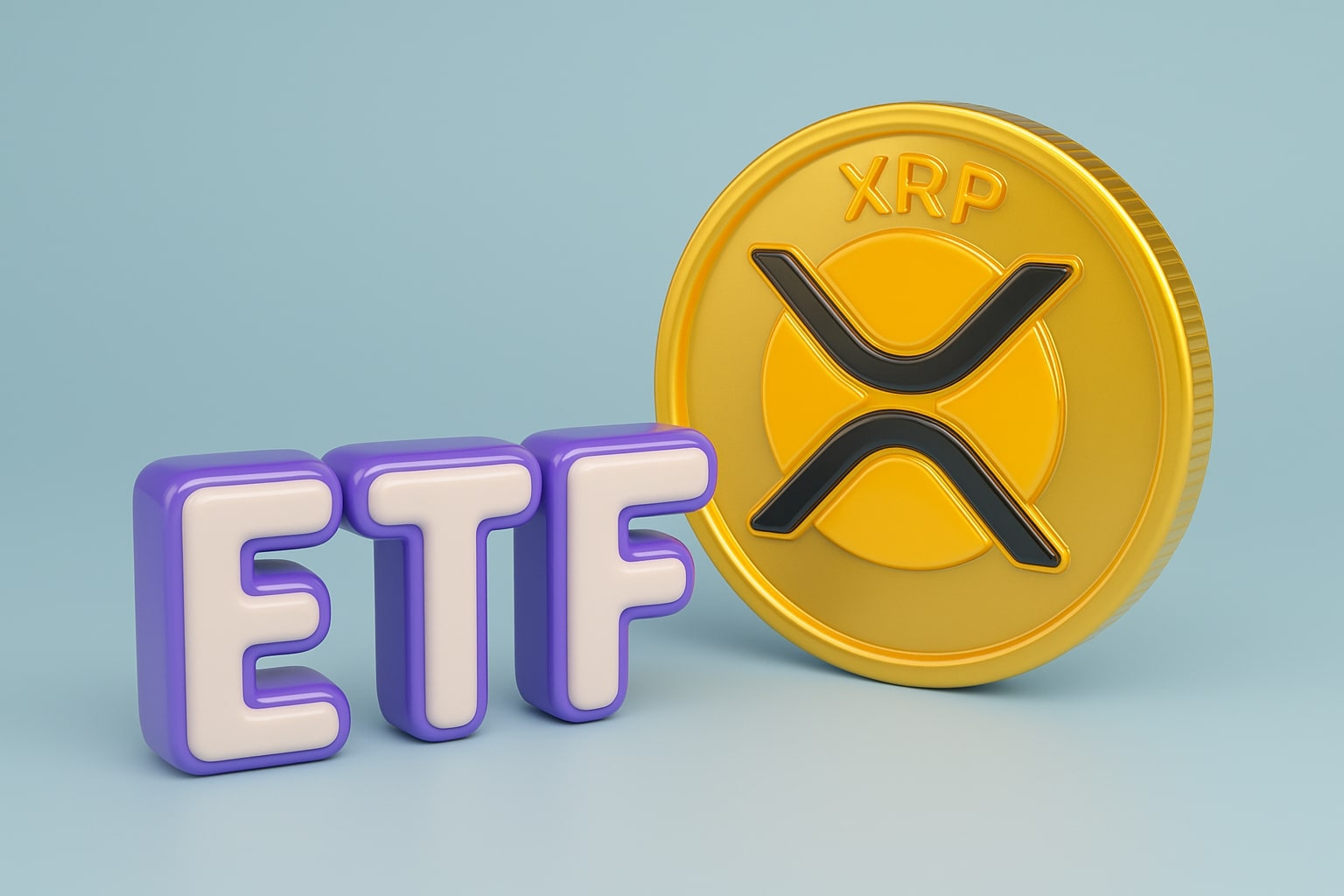
Oil Price Forecast - WTI Crude Hits $60.84 and Brent Drops to $64.39 as Oversupply and OPEC+ Strategy Weigh
Oil tumbles to 4-month lows with U.S. inventories rising, Russia boosting exports, and OPEC+ signaling bigger hikes; forecasts slashed to $56–$62 for 2026 | That's TradingNEWS
WTI Crude (CL=F) and Brent (BZ=F) Struggle as Oversupply Clouds Market
Oil prices entered October under severe pressure, with WTI crude (CL=F) trading near $60.84 per barrel and Brent crude (BZ=F) at $64.39, both marking four-month lows. The selling has been relentless, with Brent futures slipping below $65 for the first time since June and WTI collapsing to its weakest level since May. The decline follows four consecutive sessions of losses, a sharp contrast to the bullish forecasts that only months ago saw oil headed toward $70. Oversupply concerns and conflicting geopolitical signals are pulling the market in two directions, and traders are watching whether $60 for WTI can hold as a hard floor.
Macquarie and JPMorgan Cut Forecasts as Supply Outpaces Demand
Macquarie analysts slashed their oil price outlook, now projecting WTI to average $64.13 per barrel in 2025 and just $56.63 in 2026, down from earlier estimates near $67 and $60. Brent is expected to average $67.95 this year and $60.75 in 2026, reflecting weaker demand growth and heavy supply additions. JPMorgan also turned cautious, forecasting Brent at $66 in 2025 and $58 in 2026, with WTI at $62 and $53. Both forecasts echo the same theme: the market remains “extraordinarily long” as U.S. shale and non-OPEC output swell while demand underperforms. With refining runs soft and global consumption showing cracks, traders are beginning to price in a prolonged glut scenario rather than a temporary pullback.
OPEC+ Supply Debate and Saudi Strategy in Focus
Market attention is locked on OPEC+ ahead of its November decision. Reports suggest the group could add as much as 500,000 barrels per day—triple October’s increase—driven by Saudi Arabia’s intent to regain lost market share. While Riyadh has not confirmed such aggressive action, even the rumor has weighed heavily on sentiment. Inventories are already trending higher. The U.S. Energy Information Administration reported a 1.8 million barrel build last week, pushing total crude stocks to 416.5 million barrels, well above expectations. Distillate and gasoline inventories also climbed, underscoring tepid demand across both industrial and consumer segments. If OPEC+ does move forward with larger hikes, oversupply could intensify into early 2026, validating Macquarie’s bearish revisions.
Geopolitics: Sanctions, War Risk, and Russia’s Energy Exports
While supply excess dominates forecasts, geopolitics continues to provide sporadic upside jolts. G7 nations pledged midweek to “increase pressure” on entities circumventing Russian oil sanctions, and Washington confirmed plans to share intelligence with Ukraine for strikes on Russian energy infrastructure. That raises risks to pipelines, refineries, and tankers tied to Moscow’s exports. Speculative buyers briefly returned when WTI tested the $61–$60 band, betting on potential disruptions. Still, UBS strategists cautioned that without actual supply losses, the market reaction remains muted. Russia’s exports remain stubbornly high, with volumes hitting a 16-month peak in September, further swelling available barrels.
China’s Stockpiling and India’s Record Diesel Flows Cushion Weakness
Not all demand indicators are bleak. China, the world’s largest crude importer, continues to stockpile aggressively, cushioning prices from collapsing below $60. India also made headlines with record diesel exports to Europe, shipping as much as 10.4 million barrels in September, the highest in records since 2017. Strong refining margins incentivized flows westward as European refineries faced seasonal maintenance. However, with India’s domestic demand expected to surge during the Diwali season, export volumes may moderate, reducing the temporary cushion on global balances.
Technical Levels and Trader Sentiment
From a technical perspective, WTI crude (CL=F) is hovering dangerously close to the $60.00 support zone, with analysts pointing to $61.70 as the first line of defense. A sustained break below $60 could open the door to $58.50–$55.50 levels into early 2026, consistent with Macquarie’s forecast. For Brent (BZ=F), $64 has become a pivot point, with downside risk toward $63 in Q4 and $57 in Q1 2026. Traders note that each rally attempt is quickly sold into, reflecting strong conviction that the market remains oversupplied. Short-term rebounds may continue on geopolitical headlines, but the weight of fundamentals is heavy.
Read More
-
PFFA ETF Nears $21.50 as Rate Cuts and 9.49% Yield Spark Renewed Demand
29.11.2025 · TradingNEWS ArchiveStocks
-
XRPI and XRPR ETFs Ignite Ripple’s Institutional Rally as Inflows Near $1B and XRP Holds $2.20
29.11.2025 · TradingNEWS ArchiveCrypto
-
Natural Gas Price Forecast - NG=F Blasts to $4.85 as Demand Surge Fuel Multi-Month Breakout
29.11.2025 · TradingNEWS ArchiveCommodities
-
USD/JPY Price Forecast - Yen to Dollar Slides to 156.10 as Yen Strengthens on Fed Cut Expectations
29.11.2025 · TradingNEWS ArchiveForex
Investor Positioning and Institutional Outlook
Institutional investors have responded to the bearish shift. Hedge funds cut their net long positions across Brent and WTI futures to the lowest since early 2023, highlighting the loss of bullish conviction. Goldman Sachs, while maintaining a longer-term bullish thesis tied to diversification and central bank demand for commodities, acknowledged that in the near term, oil faces headwinds from “heavily oversupplied balances.” UBS echoed this, recommending clients treat oil as a tactical trade rather than a core allocation at current levels. The divergence between Wall Street equity optimism—S&P 500 pushing toward records—and the weakness in oil underlines investor skepticism about demand resilience.
Verdict on Oil Prices
The combined weight of downgraded forecasts, swelling inventories, and OPEC+ supply risk paints a distinctly bearish picture. With WTI stuck near $60.84 and Brent sliding to $64.39, the path of least resistance remains lower unless sanctions materially disrupt Russian exports or Chinese and Indian demand accelerate beyond expectations. Technical floors around $60 and $63 are critical, but should those break decisively, a move toward the mid-$50s for WTI and high-$50s for Brent becomes highly probable. Based on the latest data and institutional positioning, the oil market in Q4 2025 leans bearish, with a Sell rating on both WTI (CL=F) and Brent (BZ=F) until clear evidence emerges of supply discipline or stronger demand revival.



















